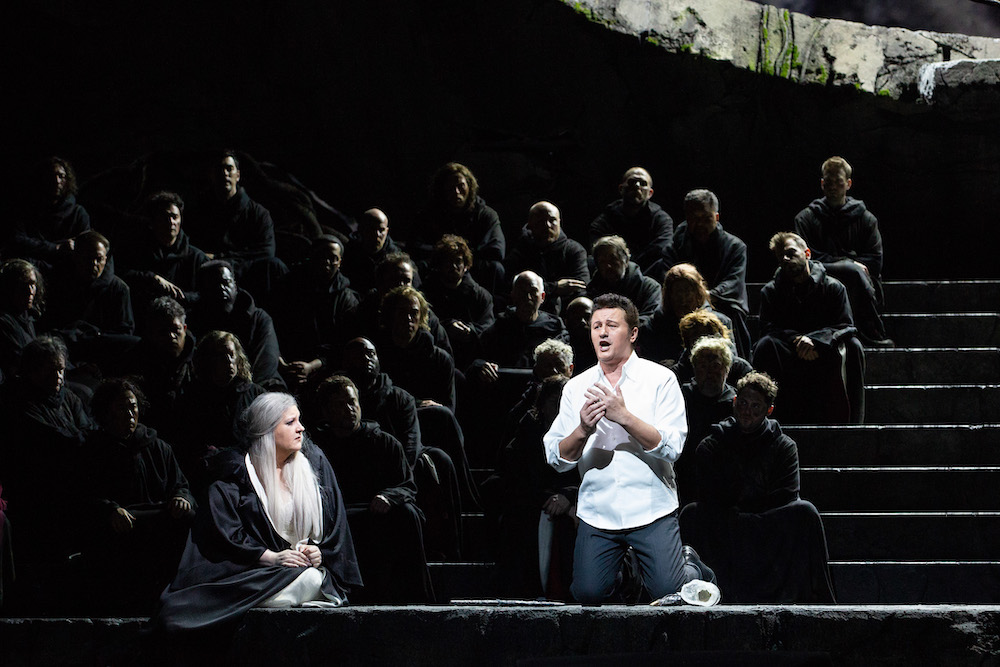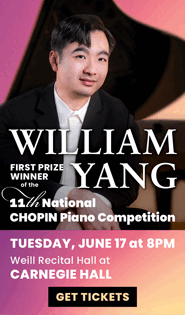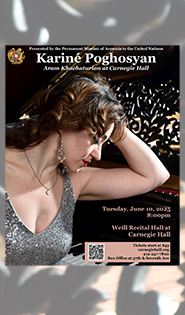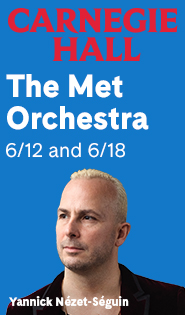Vocal performances keep Met’s “Lohengrin” aloft in downbeat new staging

The Metropolitan Opera ended its mid-winter hiatus with the much-anticipated premiere of François Girard’s production of Wagner’s Lohengrin on Sunday afternoon. For its first staging of the opera in 17 years, the Met assembled a superb cast which—combined with the Metropolitan Opera Chorus and Orchestra under the baton of Yannick Nézet-Séguin—yielded a sublime musical experience.
Girard’s concept, however, is mostly a dark, dreary affair which captured little of the romance and pageantry of Wagner’s tale of the swan knight.
Girard has staged two other Wagner operas at the Met. His 2013 Parsifal, with blood dripping from the walls of Klingsor’s castle and forming a puddle on the stage, was generally hailed as a success. Der fliegende Holländer, which will be revived later this season, was greeted with mixed reviews in 2020. It also got lost in the shuffle as it premiered the week before Covid brought life to a standstill.
His Lohengrin had a bumpy road to the Met. Originally conceived as a co-production with the Bolshoi Opera, its Moscow premiere coincided with Russia’s invasion of the Ukraine. Barred by sanctions from importing the sets, the Met doubled down and recreated the staging from scratch.
Girard envisions Lohengrin as a prequel to Parsifal; Wagner established the link between the two tales in Lohengrin’s narrative “In fernem Land,” in which the knight reveals his name and origins. There is talk that both operas will be staged together in the future. In the meantime, for anyone not familiar with Girard’s 2013 Parsifal production, it must be a head-scratcher to see Lohengrin walking on stage in 2023 in a crisp white shirt and black trousers.
Blockbuster fantasy epics served as the inspiration for Girard’s concept, although more in spirit than specific references. During the overture, the moon appeared repeatedly through a round opening in the large slab suspended above the stage. The visual impact was undeniably beautiful and mesmerizing — almost hypnotic, in fact, when combined with soft, shimmering, transparent sounds that Nézet-Séguin drew from the orchestra.
This gateway into the heavens provided most of the visual interest in Tim Yip’s set design. Apart from the celestial wonders — which, in addition to the moon, include skies with multitudes of stars sparkling like diamonds and dramatic daytime skies — there was the enormous wing of the swan that provides transport for Lohengrin. His sword, ring, and horn were realistic to a tee.
In Act II, the celestial portal became an oculus of sorts which zeroed in on King Heinrich’s empty throne — a fantastical creation fashioned of a tree trunk with roots and limbs attached, and one of the few interesting individual set pieces. Beyond that, it was basically glorified chorus risers and massive walls enhanced by lighting and video.
Yip’s costumes were a mixed bag, stylistically. Color was linked to characters: white for Lohengrin and Elsa; dark green for King Heinrich; and a deep blood-red for Ortrud and Telramund. The chorus’ black robes had an Asian sensibility to them. There is a stab at medievalism in the tunics of the king, his herald, and Telramund. Elsa was in timeless black and white, while Ortrud was attired in a fantastic creation of flowing fabric.
Action was confined for the most part to the front of the stage. The chorus just had to sing, which they did magnificently, and execute some fancy finger work with the sleeves of their costumes. They produced a particularly nice fluttering effect when the swan appeared for the first time. Their ethereal singing in the Wedding March was, however, oddly out of sync with the procession of black-robed faceless people seen through openings in the wall.
Another oddity of Girard’s staging was how often cast members stood with their backs to the audience — tenor Piotr Beczała’s Lohengrin included, and sometimes even when he was singing.
Lohengrin is one of Beczała’s finest creations. Girard doesn’t call upon him to do much more than be noble, but he nevertheless exuded confidence and glamour as the swan knight. His tenor is healthy, free and gleaming; its luster has not diminished even as it has grown in weight in color with the years. Lohengrin’s two great narratives in Act III, “In fernem Land” and “Mein Lieber Schwan” were spellbinding both for the sincerity of Beczała’s delivery and the pure beauty of his sound.
Günther Groissböck is similarly one of the most vocally imposing and dramatically compelling singers of the day. As King Heinrich, the bass-baritone sang with rock solid sound and forthright delivery. A more flattering robe might have made for a more galvanizing stage presence, but that was no impediment for this commanding artist who, like Beczała, is at the height of his powers.
Sopranos who assay the role of Elsa can range from the lyrical to the dramatic. Tamara Wilson is definitely cut from the latter cloth, although her voice can be supple and light when the mood and music require it — as in Elsa’s Act I lament over the fate of her brother in “Einsam in trüben Tagen” and her later telling of a mysterious knight that appeared to her in a dream. Sparks flew, however, when she went toe to toe with soprano Christine Goerke’s Ortrud.
If Goerke’s Ortrud portends what we can expect from her in the future, it’s going to be a thrilling ride. Her days of belting out high C’s may be over, but the core of her voice is a fascinating panoply of colors and textures. Few singers have such a vivid presence on stage. These attributes in combination made her incantations to the gods in Act II a delicious treat.
Bass-baritone Evgeny Nikitin was an equally bold Telramund, his dark voice dripping with menace as he plotted against Lohengrin. As the King’s Herald, baritone Brian Mulligan likewise impressed with the size and power of his voice.
The glorious singing on stage from both the cast and chorus was matched if not surpassed by the playing of the Met Orchestra. Nézet-Séguin led a performance that was perfectly paced to the drama and aligned to the voices on stage. When needed, he coaxed the softest sounds imaginable from the orchestra and chorus. For blasts of sonic glory, trumpets played both on stage and in boxes. And always attuned to fashion, he changed his tunic three times in line with Yip’s color palette.
Lohengrin continues through April 1. metopera.org


